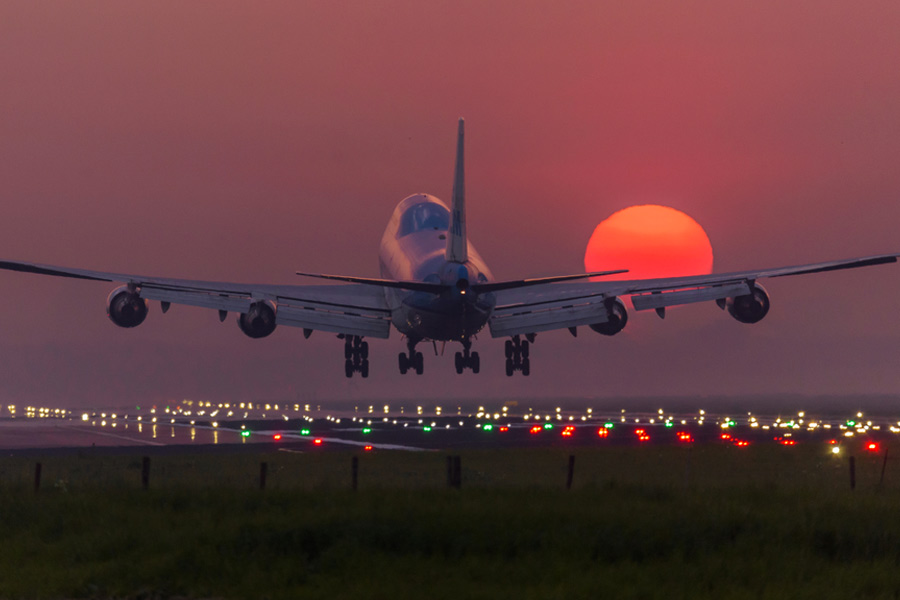A passenger from an Air Europa flight diverted to northeastern Brazil on Monday due to severe turbulence said passengers had feared for their lives during the incident in which about 30 people were injured.
"There are passengers with fractures and injuries to their arms, faces, and legs," Stevan told Reuters TV in the Brazilian city of Natal, where flight UX045 from Madrid to the Uruguayan capital, Montevideo, made an unscheduled landing just after 2.30 a.m. local time.
"It was a pretty horrible feeling. We thought we were going to die there," he said, without giving his full name.
Another passenger, Maximiliano, said the plane - a Boeing 787-9 Dreamliner with 325 passengers on board - had suddenly started to plunge.
"From one moment to the next, the plane destabilized and went into a dive," he said. "The people who didn't have seat belts went up in the air and hit the ceiling, and they got hurt - those who had seat belts on, not so much."
Air Europa said in a statement on Monday that seven people had suffered varying degrees of injury and that an undetermined number of passengers had minor contusions.
The health secretariat from the government of Rio Grande do Norte state, where Natal is located, said 30 passengers had been taken to hospitals in Natal with minor abrasions or orthopedic traumas.
The carrier added that the aircraft was being reviewed to establish the extent of the damage, and said in a social media post on Tuesday that a replacement flight to take the passengers on to Montevideo had left Natal early in the day.
The airline did not immediately respond to a request for further comment about the incident, which took place less than two months since one passenger died and dozens were hurt when turbulence hit a Singapore Airlines flight from London to Singapore.
Some scientists have warned of worsening turbulence tied to climate change.
The most common cause of turbulence is the unstable weather patterns that trigger storms, which can be detected by weather radar, allowing pilots to fly around potential patches.
Recent incidents have increased concern in the air travel industry about seat belt and safety practices.
An international agreement, the Montreal Convention, makes airlines liable for physical injuries from accidents on international flights, which can include turbulence, regardless of whether they were negligent.










